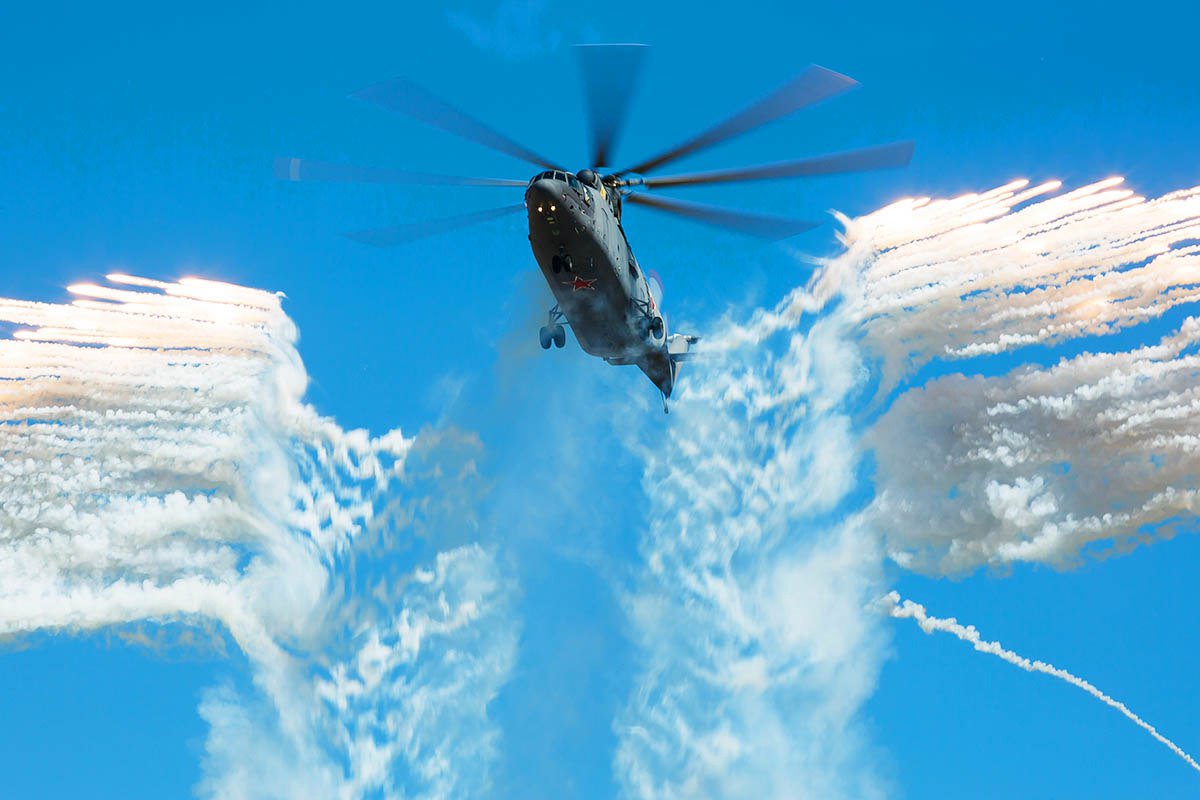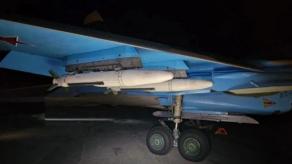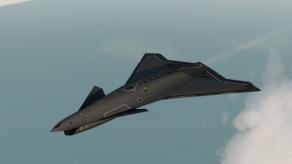February 2022, russian ministry of defense announces plans to acquire 20 new Mi-26T2V transport helicopters by 2025.
Back at that time, the russians already knew their Il-112V project will be a failure so they urgently needed a substitute. However, now it looks like the Mi-26T2V will not be able to fly, because in ten years, russia still hasn’t established its own production of engines for transport rotorcraft, as follows from the article published by Defence24.
Read more: Russian Fighter Aircraft Keep Crashing into Civil Buildings Due to Technical Failure Issues (Analysis)

Armed forces of the rf have already used Mi-26 helicopters in Ukraine during the fights against the Ukrainian army. For example, they transferred reinforcements for the russian grouping in the Kharkiv region which was supposed to slow down the Ukrainian counteroffensive operation. It shows how important is the success of the Mi-26 project for further military activities in Ukraine.
Defence24 explains that Mi-26 still uses the D-136 engine developed precisely for this type of helicopter and produced only in Ukraine. russian authorities seemingly were realizing that relying on contraband supplies leads nowhere, but at the same time were so indulged in developing their "one-of-a-kind" weapons that they lost sight of the issue and didn’t manage to launch their own engine production in more than 8 years of war against Ukraine.

Initially, the russians planned to equip the new Mi-26 with PD-12V engines – the "helicopter version" of the PD-14 aircraft engine used on the SSJ-110 passenger plane. However, once again "something went wrong", and in August, the engineers switched to PD-8, a variant of PD-14 with a decreased thrust.
But the problem is, the testing of the PD-8 began only in 2022. The engine is said to successfully raise an Il-76 "flying laboratory" into the air, though it is yet to be tested how it would work on a Mi-26.

And another question is, whether russian defense industry will be able to mass-produce these engines since they’re made with the use of French technologies supplied to russia strictly as "civilian use" goods. And now russia attempts to use such engines for military purposes, while still heavily sanctioned by the West.
So here is how the situation looks like. The russian military has set the task to get 20 new Mi-26T2V helicopters with PD-8 engines by 2025, with these engines requiring a whole course of testing beforehand. All things considered, these Mi-26 will likely end up just as their predecessor Il-112V, just another unrealistic ambition. And the reasons for that are western sanctions and russian negligence.

Read more: What AWACS See As They Transmit Target Data to the Armed Forces of Ukraine: Unique Video on Board of the E-3 Sentry On Patrol














